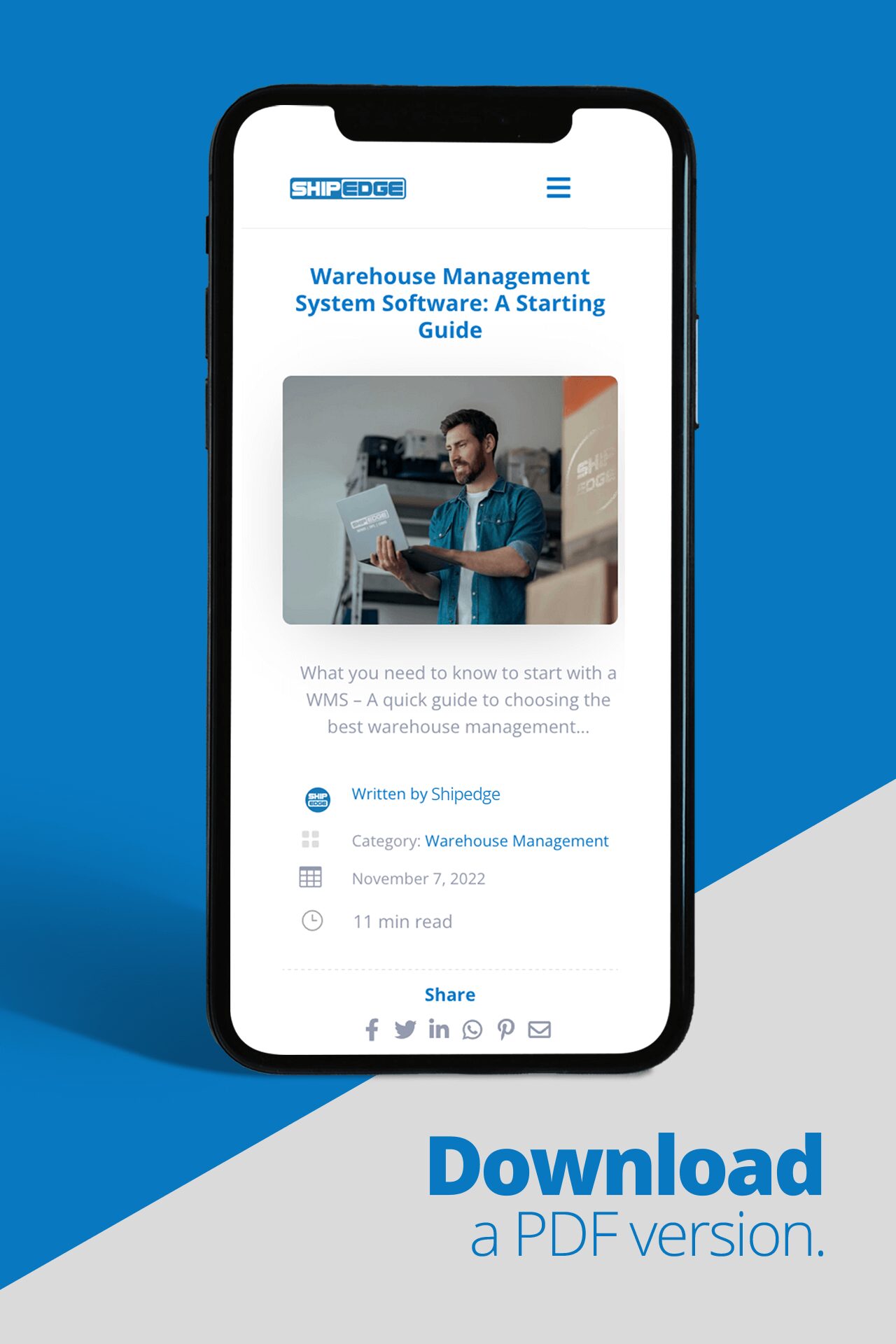Excess inventory can pose significant challenges for warehouse operations. Not only does overstock take up valuable warehouse space, but it can also tie up capital and lead to storage and obsolescence costs. Understanding how to avoid and manage excess inventory is therefore crucial for 3PL business owners and eCommerce businesses operating out of a warehouse.
Understanding Overstocks and Excess Inventory
Overstocks, or excess inventory, refer to surplus goods that surpass the demand in the market. This situation often arises due to inaccurate demand forecasting, sudden changes in market trends, or unexpected cancellations of large orders.
Excess inventory can have a significant impact on your operations, whether you are a third-party logistics provider (3PL) or an eCommerce business with warehouse facilities. It is more than just a question of storage space; it’s a complex issue that can affect your entire supply chain and business profitability.
Overstocked products consume valuable warehouse space, potentially leading to increased storage costs and decreased operational efficiency. Additionally, excess inventory might become obsolete or degrade over time, especially in the case of perishable items, leading to significant financial losses.

The Impact of Excess Inventory on Your Warehouse
For 3PLs, excess inventory can tie up valuable warehouse space that could be better utilized to serve more clients, affecting the efficiency of your operations and reducing your overall profitability. Excess inventory can make it more difficult to maintain a lean and efficient operation, as it requires additional labor to manage and can lead to increased complexity in warehouse operations.
In the case of eCommerce businesses with warehouses, excess inventory means tied-up capital that could be better used elsewhere in the business. It can also lead to a decrease in cash flow, making it harder to invest in new products or business growth initiatives.
Discover how our WMS can improve your business
As mentioned above, overstocked products may begin to perish (if an expiry date is applicable) resulting in wasted resources, increased waste, and money spent on goods that can never be sold.
Both 3PLs and eCommerce businesses need to manage inventory carefully. Implementing strategies with the support of technology such as real-time inventory tracking, demand forecasting, and efficient order management can prevent the accumulation of excess inventory. By keeping a close eye on your inventory levels and making data-driven decisions, warehouses can optimize operations, improve supply chain efficiency, and enhance business profitability.
Strategies to Avoid Overstocking
Avoiding overstocking in the first place is an integral part of efficient inventory management. Several strategies can help you achieve this goal, such as:
- Accurate demand forecasting: Allows you to anticipate future sales and adjust your inventory levels accordingly.
- Advanced inventory tracking: Helps keep a real-time tab on stock levels, providing valuable insights into sales trends and preventing overordering.
- Just-in-Time (JIT) Inventory Management: Receive the exact amount of inventory just as you need it to meet demand, rather than stocking up in advance. This can significantly reduce the risk of overstocking or holding inventory for too long.
Discover how our WMS can improve your business
What to Do with Excess Inventory
Even with meticulous planning, overstocks can happen. When they do, there are several ways to manage and sell excess inventory.
- Discount sales: While this approach might reduce profit margins on individual items, it can help recover some costs and free up warehouse space.
- Product kitting or bundling: Where overstocked items are sold in combination with other products, this can also help move excess stock.
- Charitable donations: This is also a viable option to help clear out excess inventory. Making donations to charity may also provide tax benefits.
- Sell overstock to inventory liquidators: While these companies might not offer high prices, they can quickly take the surplus off your hands if you’re in a bind to increase warehouse space or get rid of the product.
READ MORE: What is Kitting? Benefits and the Meaning of Kitting for eCommerce
Leveraging Technology to Manage Excess Inventory
Technology plays an essential role in managing excess inventory. Inventory management software offers real-time inventory tracking, ensuring you’re always aware of your stock levels. Predictive analytics tools use historical sales data and market trends to forecast demand accurately, helping prevent overstocking. Further, integration tools can connect your inventory system with sales channels, enabling efficient multichannel inventory management. By leveraging these technological tools, you can significantly enhance your ability to avoid and manage overstocks.

Using Shipedge for Inventory Management
For 3PLs and eCommerce businesses managing their own warehouses, inventory management can be complex. However, with the right software, you can simplify the process and prevent excess inventory from becoming a problem.
Shipedge’s robust inventory management system offers a comprehensive solution for managing stock levels. It provides real-time visibility into your inventory, tracking every item from the moment it enters your warehouse until it’s shipped out. This means you can see exactly what you have in stock at any given time, helping to prevent overstocking and understocking.
Moreover, Shipedge’s software includes demand forecasting capabilities. By analyzing historical sales data, it can predict future demand for your products, helping you to plan your inventory needs more accurately. This can prevent you from ordering too much of a product, leading to overstock, or too little, leading to stockouts and missed sales opportunities.
In addition, Shipedge offers efficient order management and omnichannel order fulfillment solutions. With automated picking and packing processes, you can ensure orders are fulfilled accurately and quickly. This not only helps to reduce the amount of time products sit in your warehouse but also improves customer satisfaction with faster delivery times.
Our goal is to make your inventory management as efficient and straightforward as possible. With our comprehensive suite of tools and features, you can gain control over your inventory, prevent overstocking, and improve your overall warehouse operations and profitability.
Discover how our WMS can improve your business














0 Comments